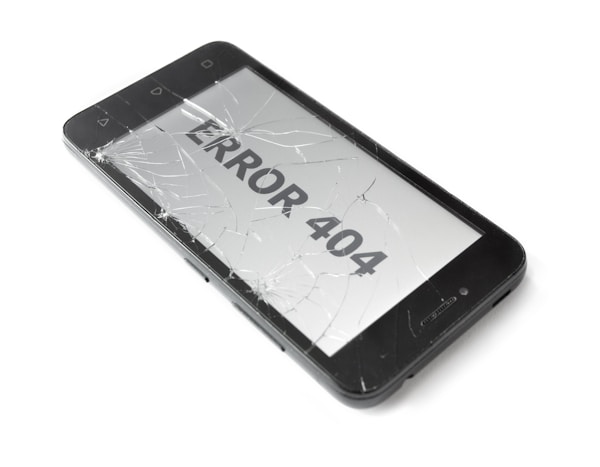Broken links can be a frustrating experience for website visitors, as well as for webmasters. Not only do broken links negatively affect a website’s user experience, but they can also have a detrimental impact on search engine rankings. There are a number of reasons why links might break. Perhaps the page has been deleted or moved, the URL has been changed, or there’s been a typo in the link. In some cases, a broken link may simply be the result of a temporary server issue.
Whatever the reason, it’s important to address broken links as quickly as possible. Not only will this improve the user experience, but it can also help to preserve the website’s search engine rankings. Fortunately, there are a number of ways to find and fix broken links on your website. In this section, we’ll discuss a few of the most useful methods for tracking down and repairing broken links, as well as why you might want to use these strategies in the first place.
Why might you seek out broken links?

There are many reasons why you might seek out broken links, but some of the most common reasons are that you want to find links that you can use to improve your own website’s SEO, you want to find broken links so that you can replace them with links to your own website, or you want to find broken links so that you can notify the website’s owner about the broken link.
Broken links can hurt your website’s SEO because they can cause your website to rank lower on search engine results pages. This is because search engines see broken links as a sign of a low-quality website. Therefore, your broken link building strategy can improve your website’s SEO.
Additionally, broken links can be a hassle for website owners because they can cause visitors to leave their websites. This is because when visitors click on a broken link, they are taken to a 404 error page. This can be frustrating for visitors and can cause them to leave your website.
By finding and fixing broken links, you can improve your website’s SEO and reduce the number of visitors who leave your website because of a broken link.
Use a broken link checker tool.
A broken link checker tool is a great way to automatically scan your website for broken links. These tools are typically free to use and are easy to set up.
Once you’ve installed a broken link checker tool, you can simply enter the URL of your website and the tool will scan all of the links on your website for broken links.
Use Google Webmaster Tools.

Google Webmaster Tools is a free tool offered by Google that allows webmasters to track their website’s search engine rankings and performance.
In addition to tracking website performance, Google Webmaster Tools also allows webmasters to track the number of broken links on their website. To do this, simply log in to your Google Webmaster Tools account and navigate to the “Crawl” section.
Under the “Crawl” section, you’ll find a list of all of the broken links on your website. From here, you can click on each individual broken link to find out more information about why the link is broken.
Use a browser extension.
If you’re not interested in using a broken link checker tool or Google Webmaster Tools, you can also use a browser extension to find broken links on your website. Browser extensions are small programs that can be installed in your web browser. These extensions allow you to perform specific tasks, such as checking for broken links.
Use a website audit tool.
If you’re looking for a more comprehensive solution for finding and fixing broken links on your website, you may want to consider using a website audit tool. Website audit tools are software programs that allow you to scan your website for a variety of issues, including broken links. In addition to broken links, website audit tools can also help you to identify other problems with your website, such as duplicate content and malware.
Read more: Business Analytics and Data Analytics – What’s the difference
